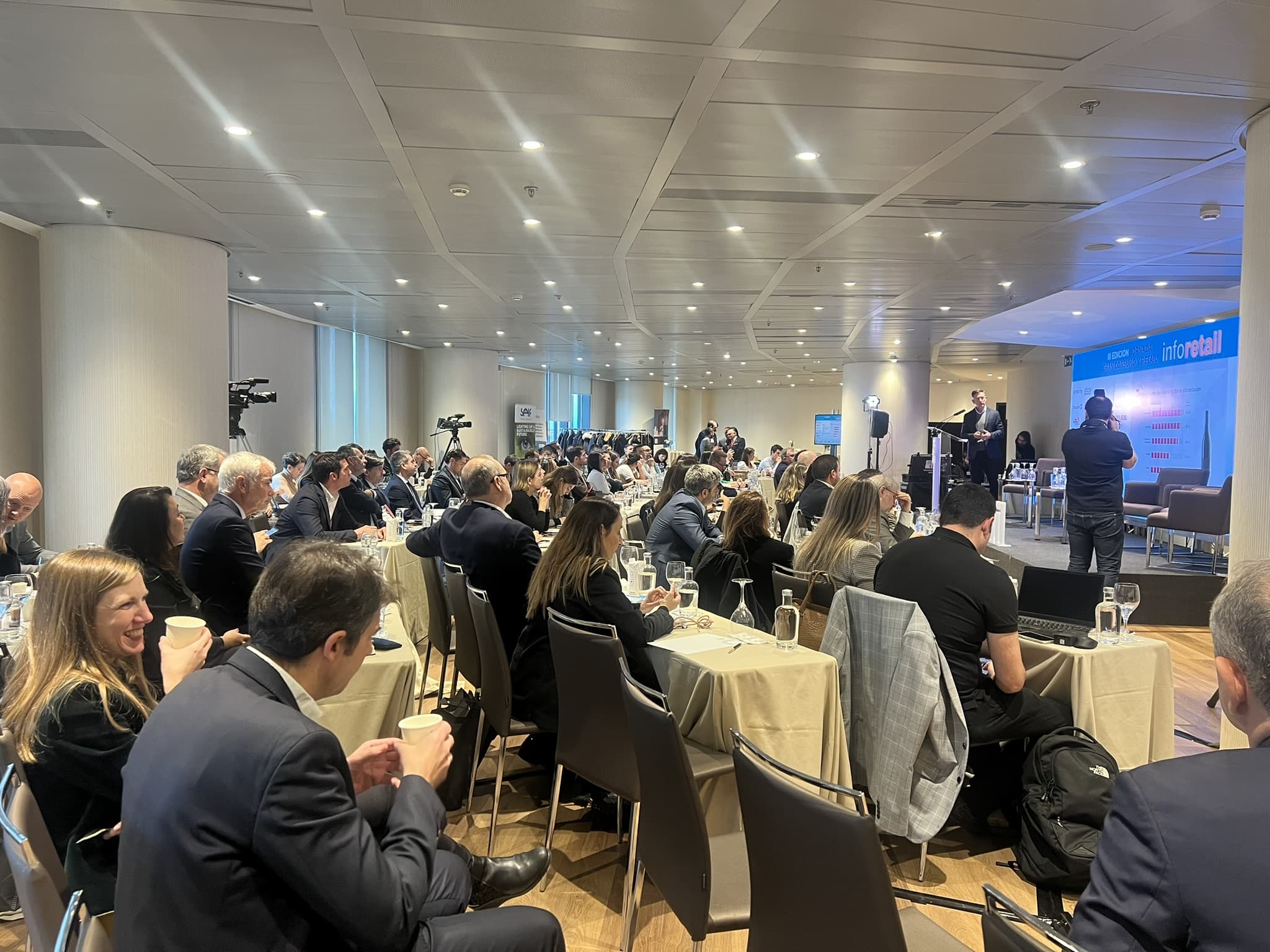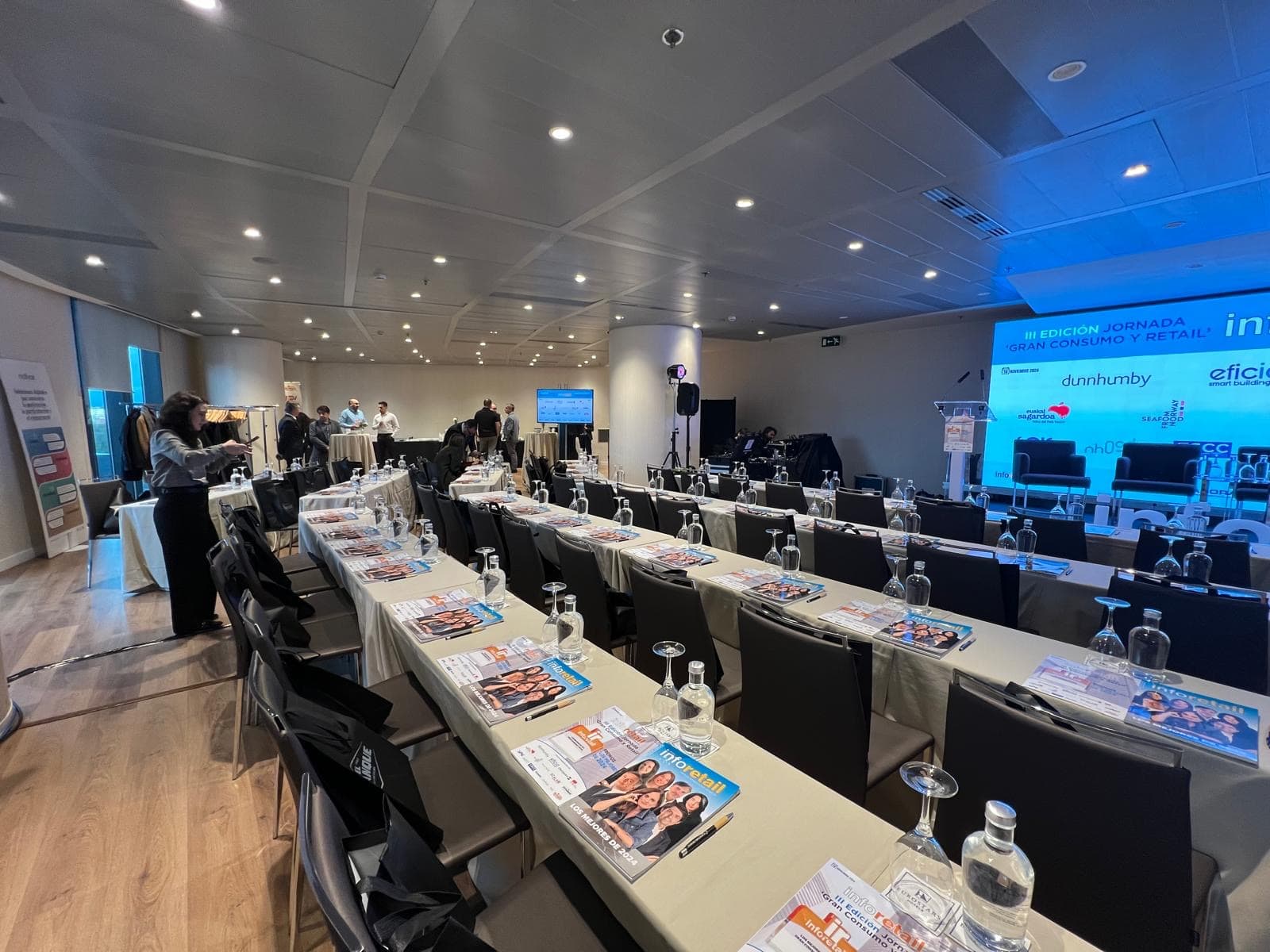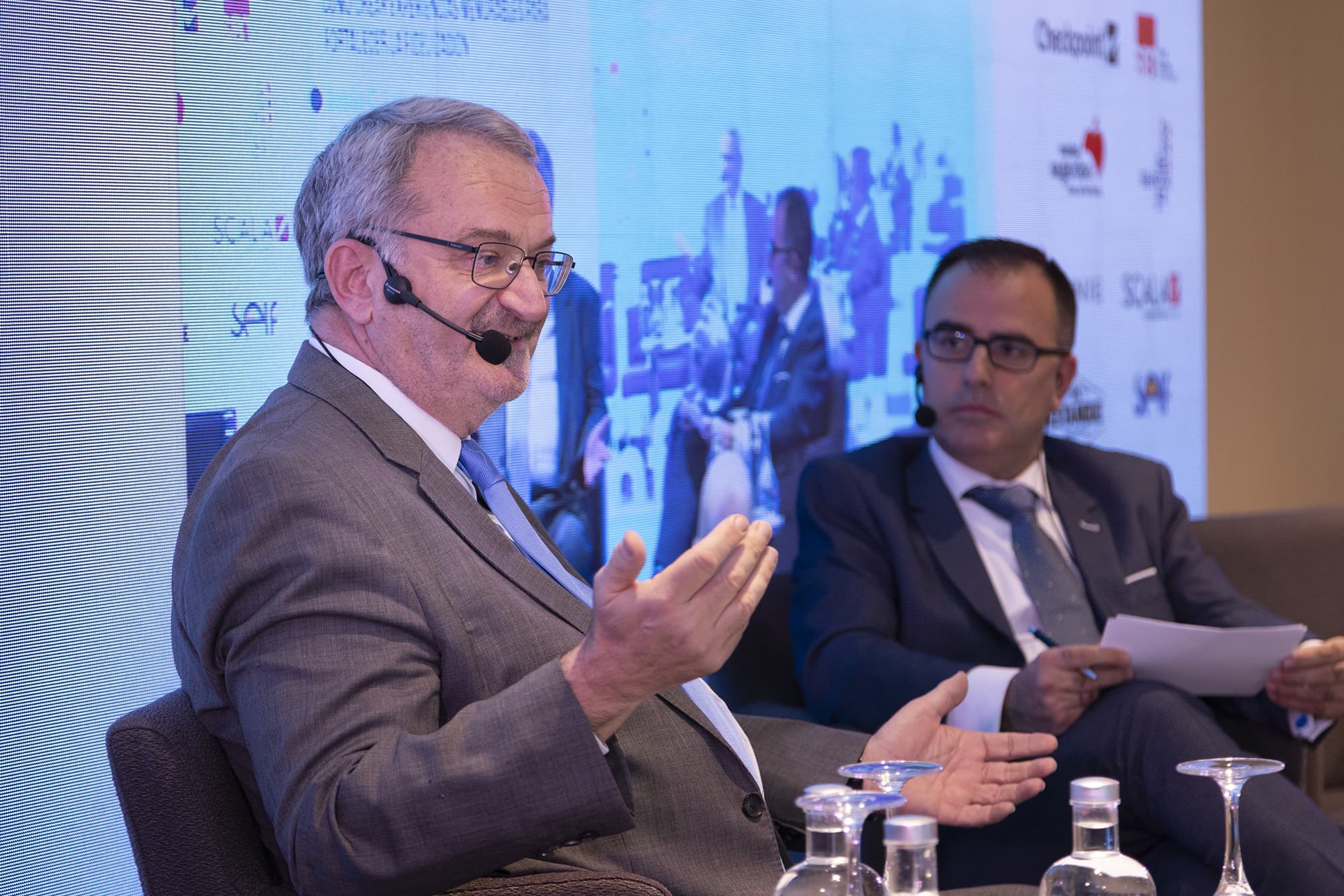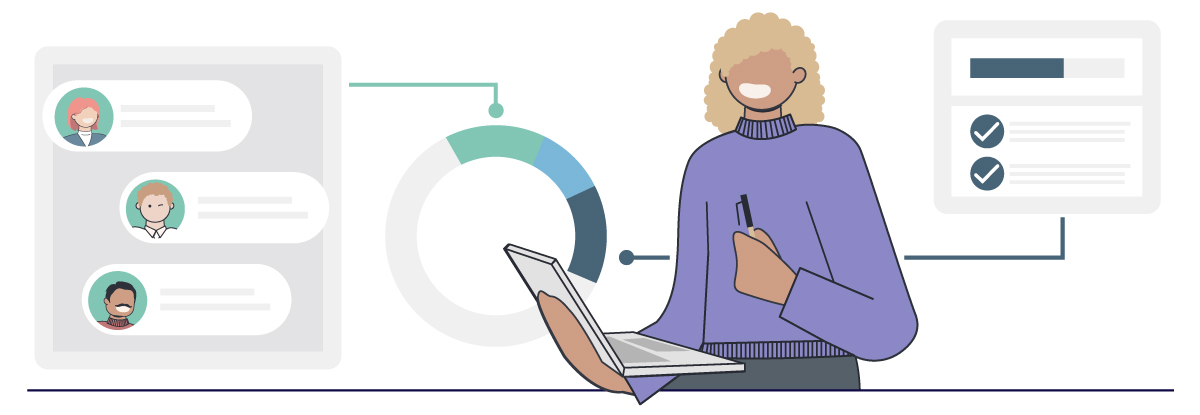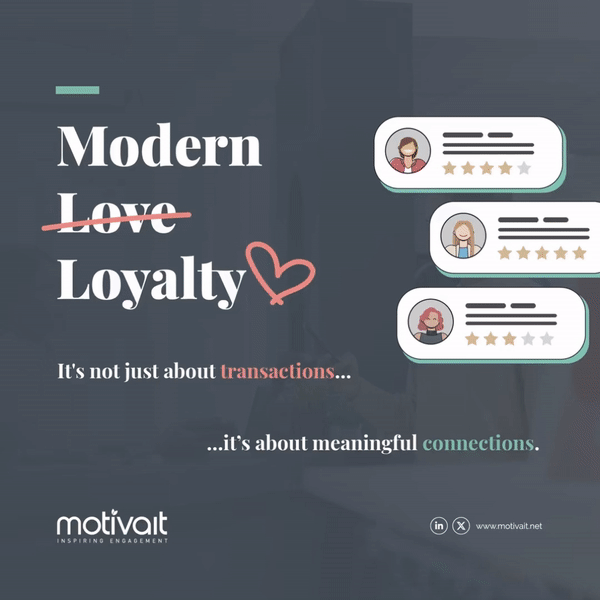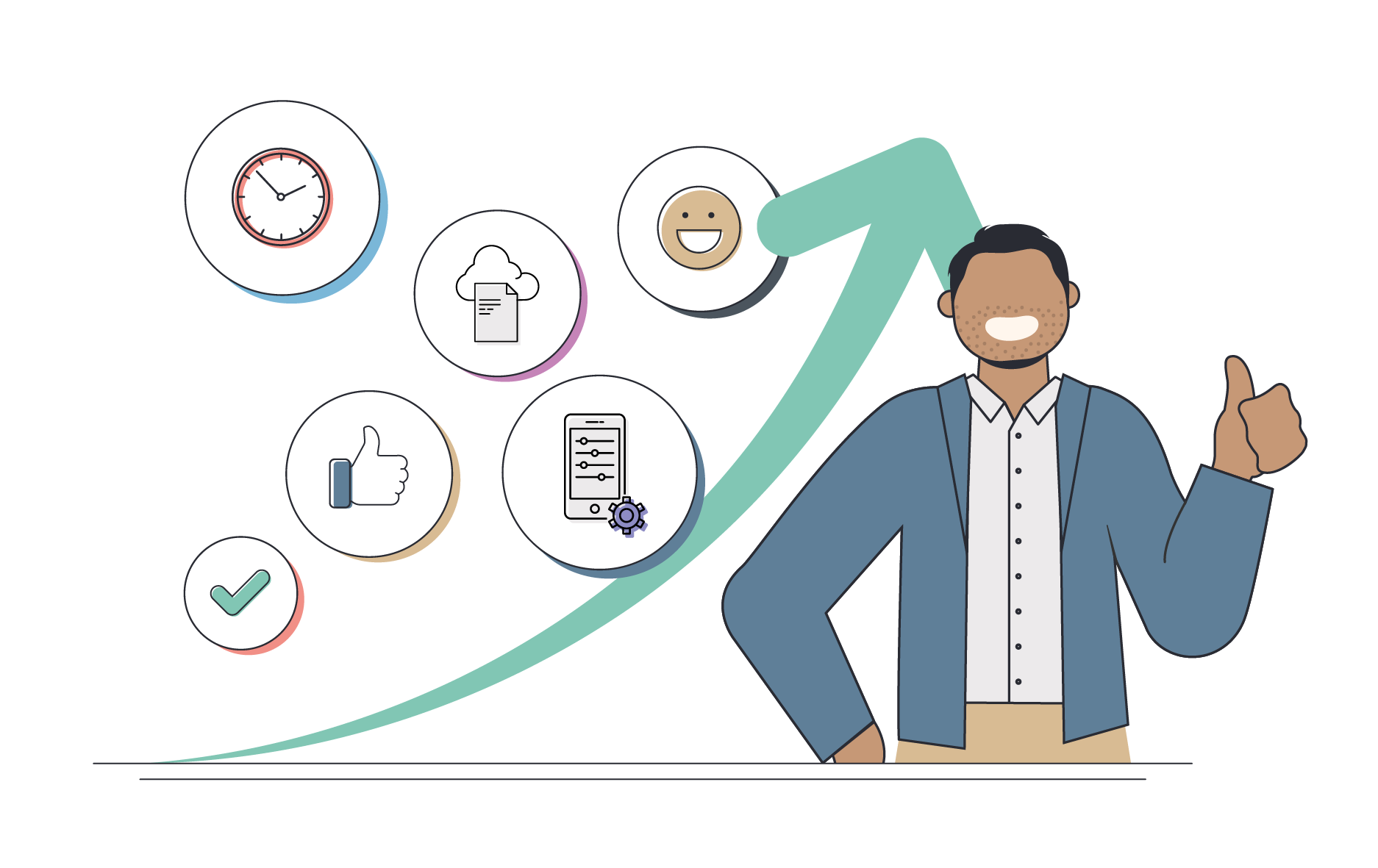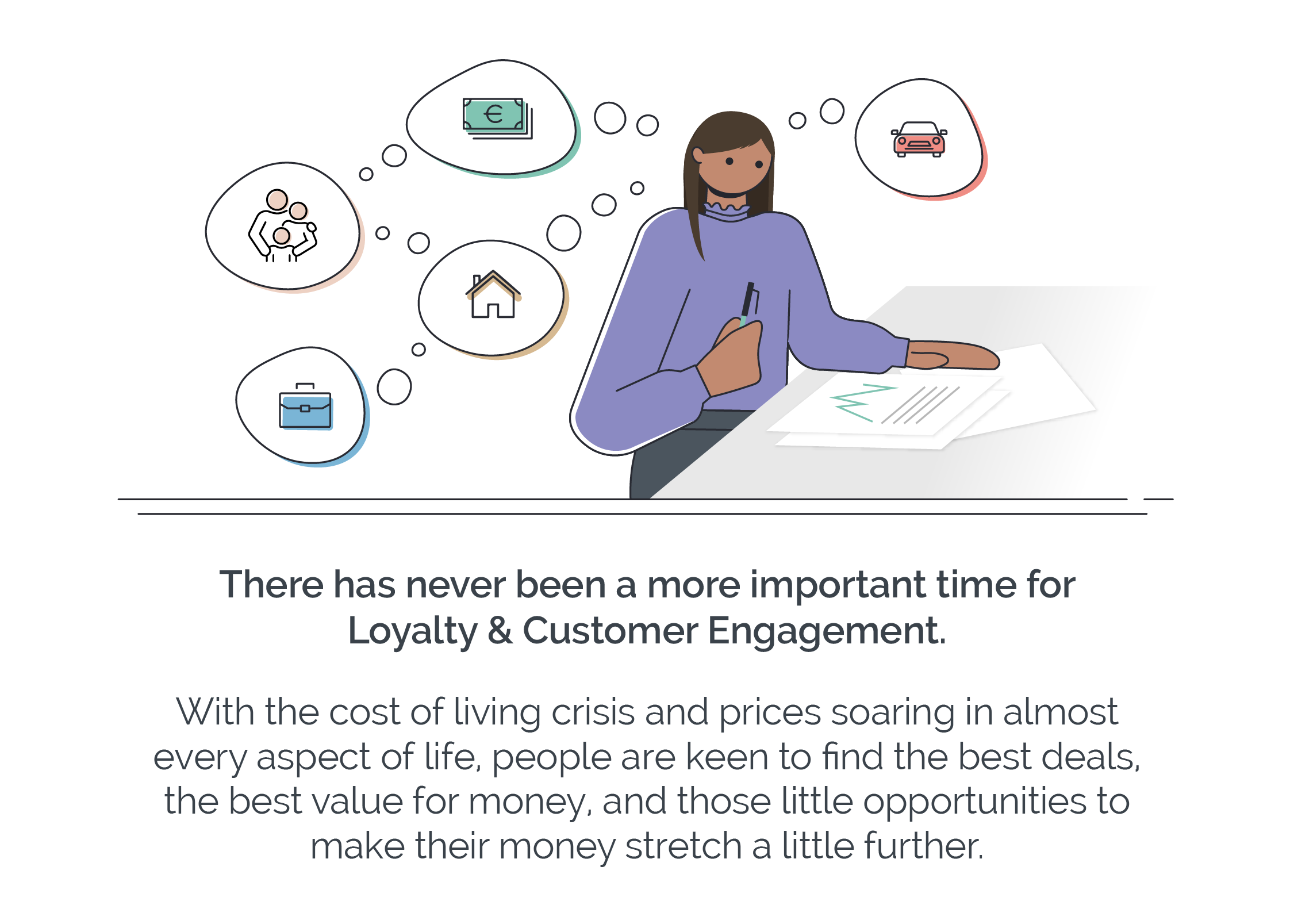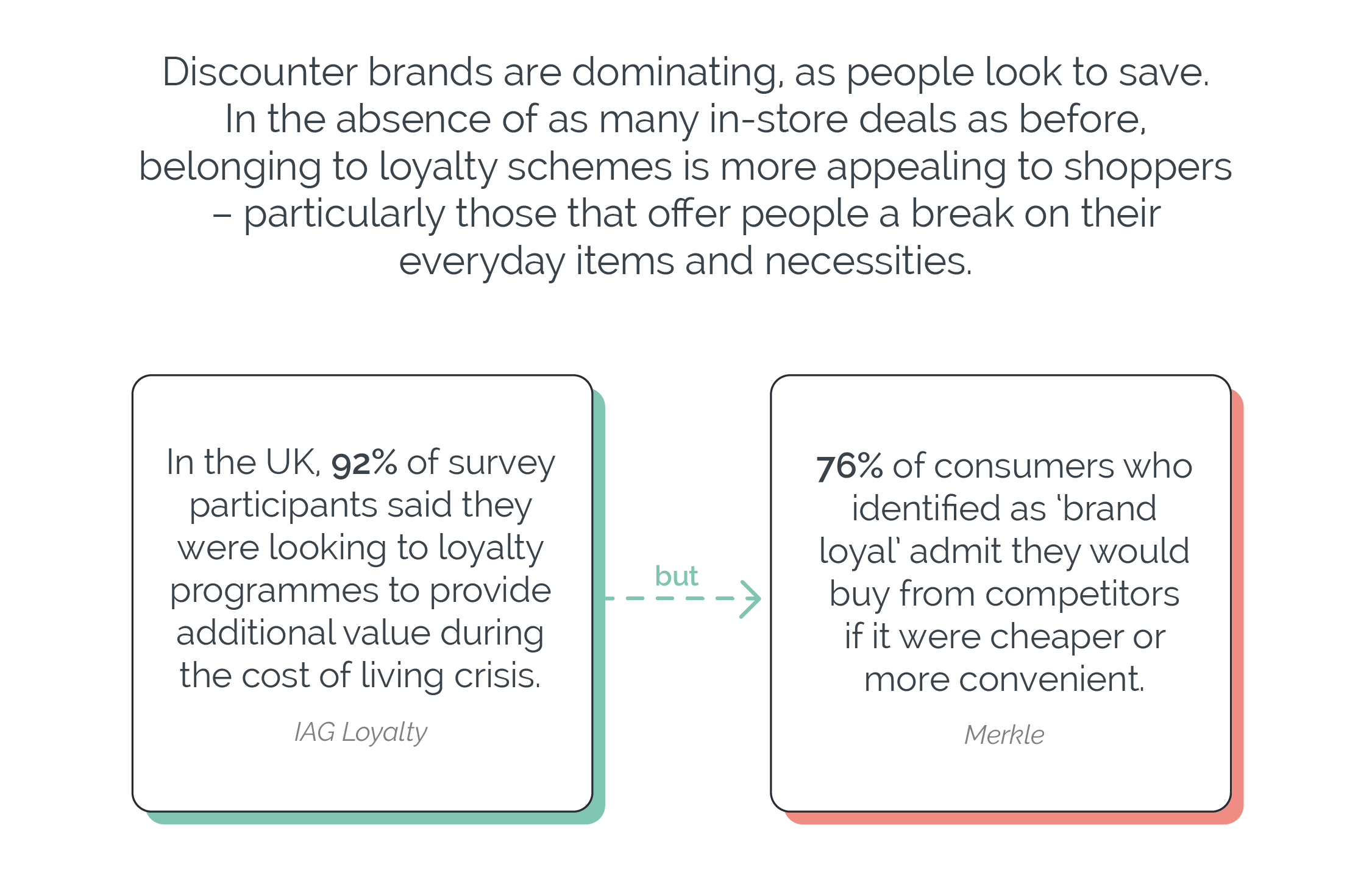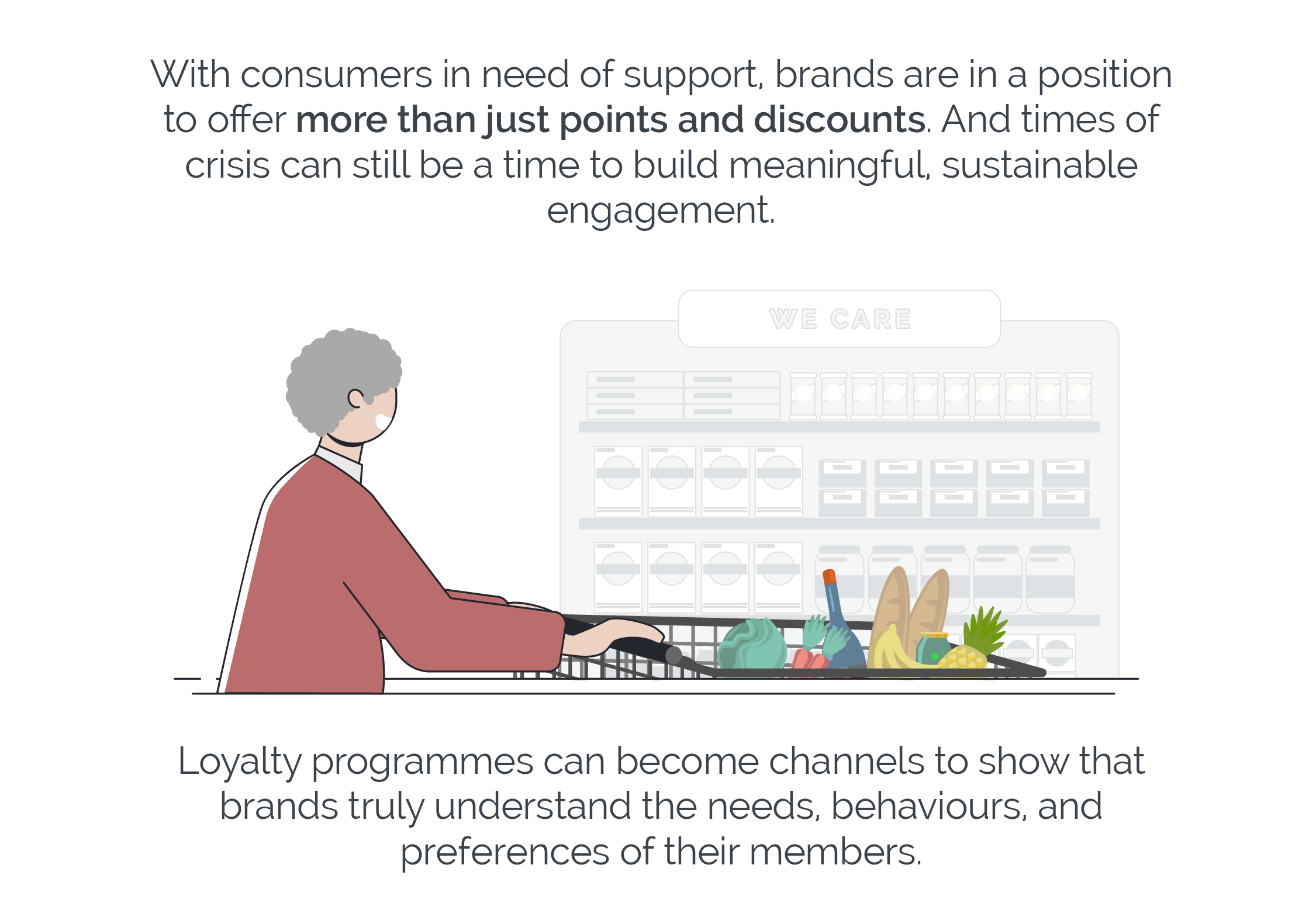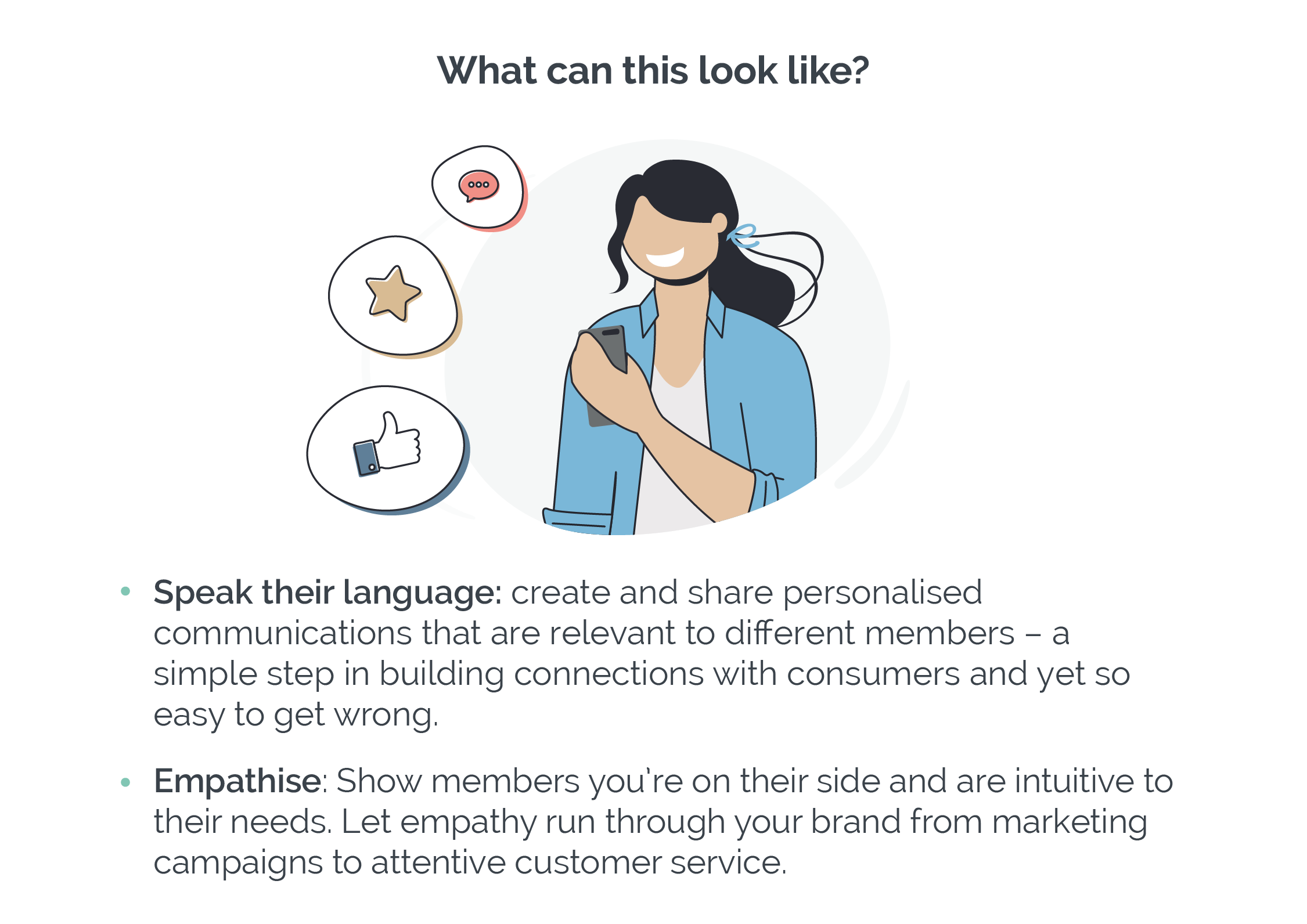Employee engagement is not something that happens by chance; it is the result of a combination of interconnected factors that influence what people feel, think, and do in their daily work life. Creating a culture of engagement not only improves performance but also strengthens the emotional bonds between employees and the company. But how can we achieve this effectively?
In this blog, we will explore strategies to create meaningful experiences that positively impact employees from their first contact with the company to their professional development.
The Employee Journey: Every Stage Matters
From the moment an employee accepts a job offer, their experience within the company begins to shape their level of engagement. Every stage— the first day, the first few weeks, and their ongoing development—is an opportunity to create a lasting emotional connection. The key is to ensure employees feel:
- Valued
- Supported
- Inspired
- With a clear purpose
An environment that cares for these aspects not only improves individual performance but also strengthens the sense of belonging and collective motivation.
Strategies to Foster Engagement
Here are some effective ways to create a fulfilling work experience for your employees:
- Provide tools and support:
Ensure that employees have the necessary resources to carry out their tasks effectively. The lack of adequate tools or support can lead to frustration and demotivation. - Recognize and celebrate achievements:
Valuing efforts, even small successes, boosts self-esteem and a sense of purpose. A simple “great job” can have a significant impact. - Offer inspiring challenges:
Proposing challenges that align with employees’ personal and professional development helps them grow and reach their full potential.
To better understand how these elements come together, it’s helpful to visualize the Employee Journey. This graphic represents the different stages an employee goes through and how we can positively influence each one.
👉 Click here to view the Employee Journey in more detail and download it for reference.
When employee engagement is genuine, they not only work more efficiently, but they also feel part of something bigger. Even if they don’t stay with the company forever, a positive experience will turn them into brand ambassadors. When they leave, they may speak highly of the company or even consider returning in the future.
Wouldn’t it be ideal if everyone who passes through your organization leaves with a positive impression?


